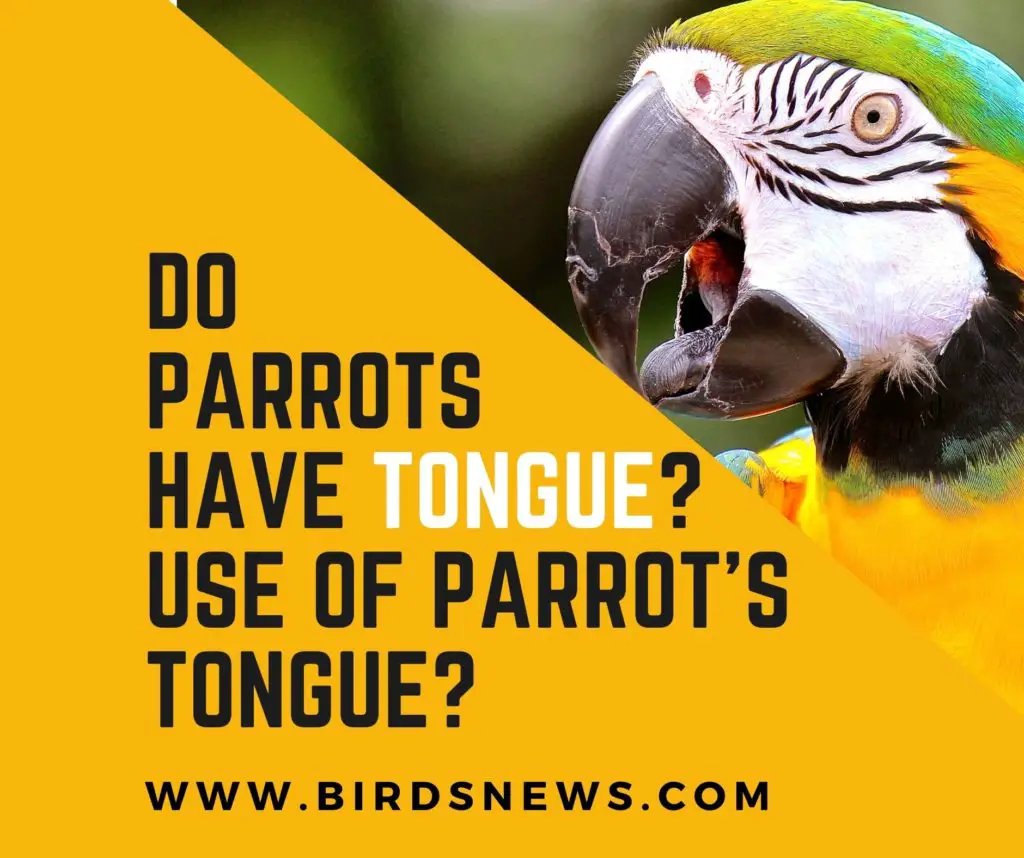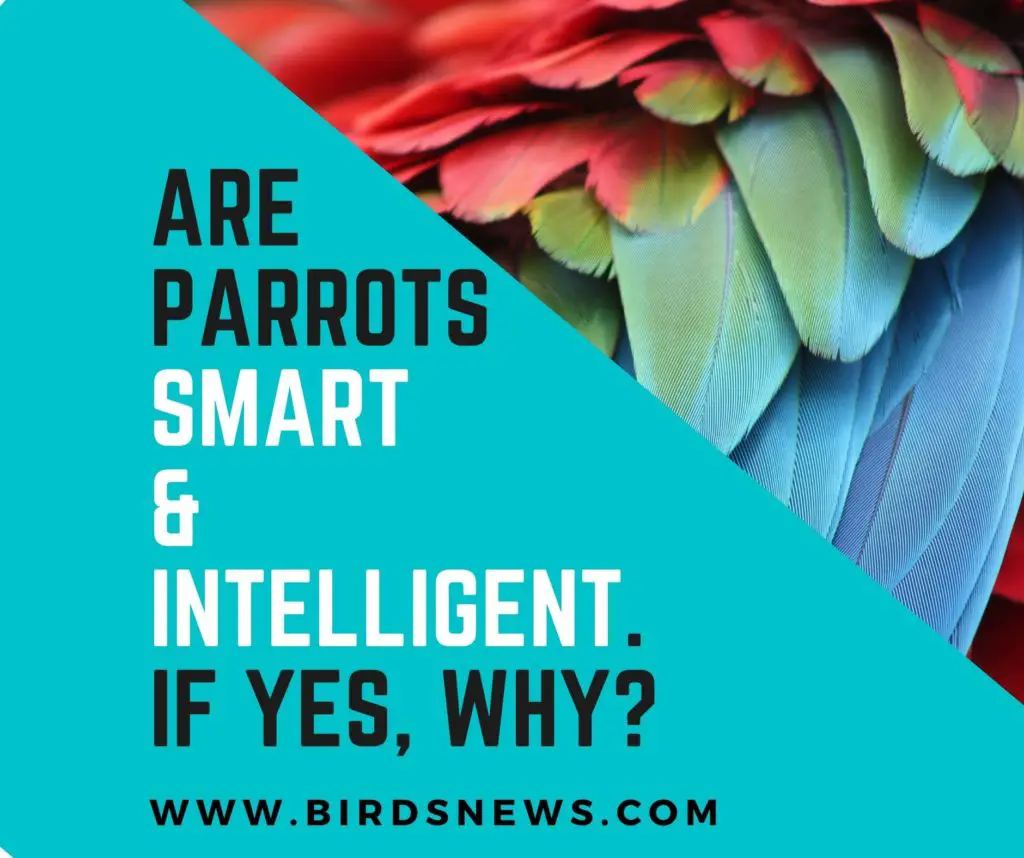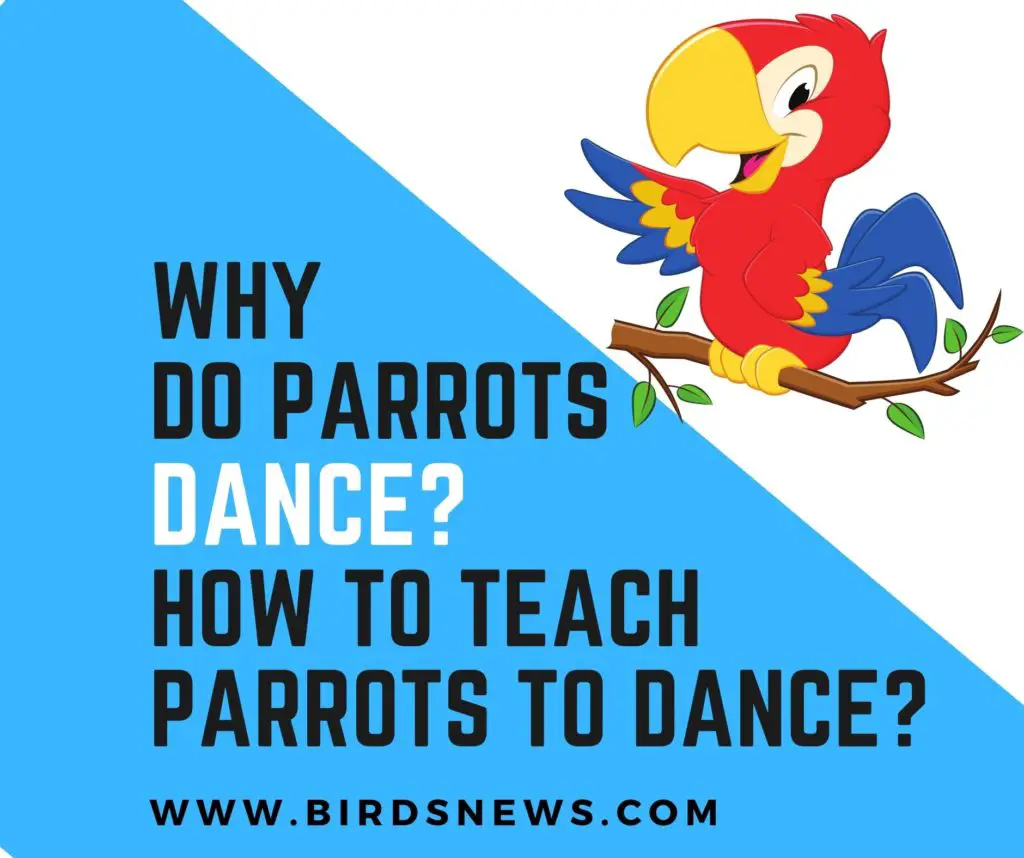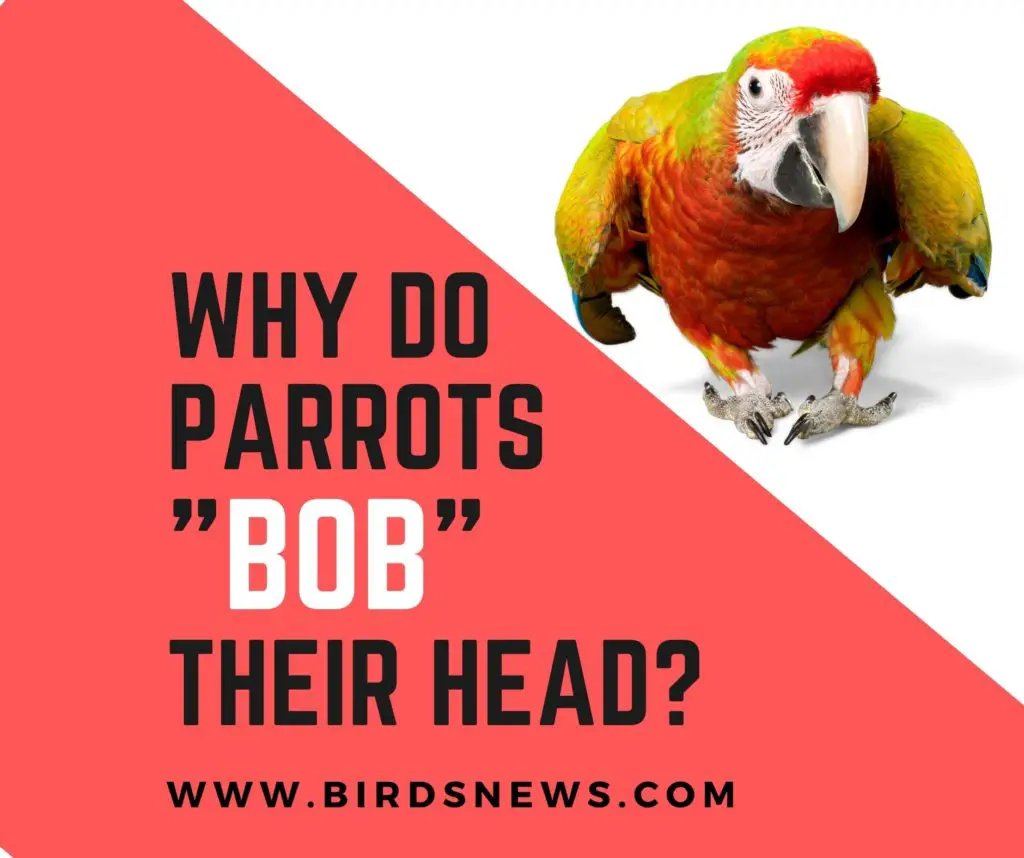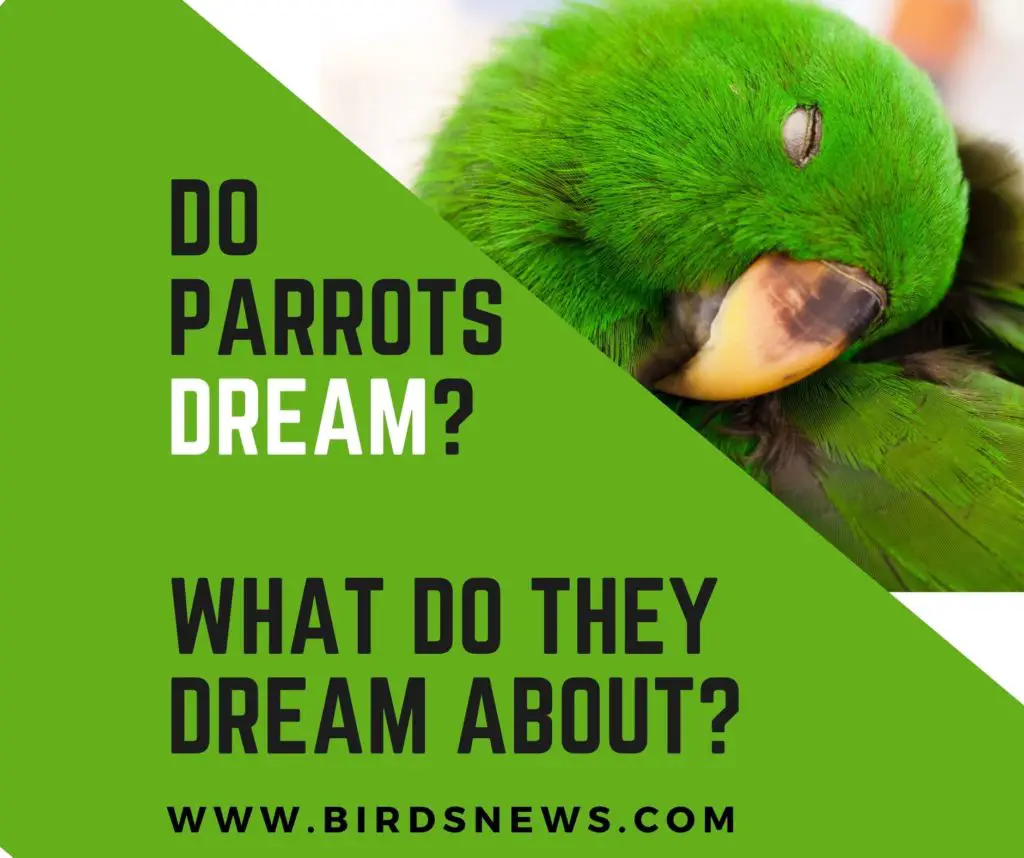I’ve asked myself these questions many times. Do parrots have tongues to help mimic human sounds? Why else would a parrot need a tongue otherwise?
Parrots have tongues that help them communicate and mimic the sounds of humans. The pitch and loudness of the parrot’s vocals change as the tongue changes in position.
Parrots also use their tongue to handle their food. Besides, parrots use their tongues to explore their environment.
Parrot’s tongue sense of touch is powerful, and they use it to feel out most things.
They use their tongues to do many things, like making vowel sounds when mimicking humans.
So, let’s delve deeper into the various purposes for which a parrot uses its tongue.

For What Purpose Parrots Use/Move Their Tongue?
Most of the parrots are highly vocal. They use various sounds to protect their territory, social interaction, attract the mates, and warn of any danger.
Have you ever wondered how do parrots mimic human sounds just like humans? It’s all because of their tongue that they can alter aspects of their speech.
Just like humans, parrots’ tongue modulates speech patterns in a complicated way. Parrots use their tongue for numerous reasons. So,
let’s understand the most common things parrots do with their tongues.
To make specific sounds.
Parrots use their tongue to communicate with one another and mimic us to connect with humans.
Parrots are the only animals that can do this. They can change the pitch and loudness of their vocals by changing the position of their tongue.
Their tongues help them make P & B sounds without lips; that’s remarkable! They almost seem like nature’s ventriloquists.
With the help of their tongue, parrots are extremely precise when making sounds.
They change the sounds that they make by adjusting their tongues with less than a millimeter.
Parrot’s tongue assists in communicating with their mates and other bird species. It also helps them to pronounce vowels more accurately.
Parrots also use their tongues to regulate their body temperatures. They may, for example, open their mouths for extended periods to cool their core temperature down. As their tongue gets colder, it cools down their entire body.
To handle food.
Parrots use their tongues to hold their food and to move their food around in their beaks.
They move nuts around to find weak points as they crack them open. They also use their tongues to lift pieces of the shell.
Parrots feel and identify the position of food with their sensory receptors in their tongues. We call this the “tactile” receptor.
It is a vital function of their tongue, as they need to feel if the food is in the correct position before swallowing it. They also need to make sure the food is of the right size and safe to swallow.
A parrot’s tongue is as essential to them as three fingers are to you. Their tongues do most of the work that we do with our fingers, at least in handling food.
Parrot Tongue Anatomy
Parrots have a hyoid apparatus inside their tongues, a series of bones that gives them flexibility and rigidity. These bones assist with extending and retracting their tongue.
A bone-shaped like Y closest to the tip of their tongue has an indentation that assists with holding objects in place for manipulating them.
These bones have fleshy padding around. Parrots have tongues stronger than most other birds, similar to the strength of a woodpecker’s tongue.
Parrots have salivary glands in the second half of their tongue. More specifically, in the lamina propria, help moisten the food with mucus and saliva to aid swallowing and digestion.
To see if your parrot tongue is healthy, it should be:
- Dry (The end part of most parrot’s tongues is void of glands and thus usually dry)
- Smooth (Their tongue isn’t rough)
- Unblemished (No spots/marks on their tongue)
Standard tongue color is pink, grey, black, but there may be exceptions depending on parrot species.
Interesting Further Reading:
- Do Parrots Dream? + What Do They Dream About?
- Do Parrots Cry? + Why Do Parrots Cry?
- Do Parrots Build Nests? + Do Pet Parrots Need Nest?
How Do Parrots Taste?
Parrots taste with their beaks. They have around 300 taste buds on the roof of their beaks and taste glands at the back of their throat.
On the other hand, humans have around 10 000 taste buds on the tongue. Having so few taste buds gives the parrot a particular food preference. For example, they can eat a hot pepper having no burning sensation.
Can Parrots Lick?
Some of the parrot species like to lick their owner to show their affection. Parrots also lick to feel the temperature and texture of surfaces.
Their tongues are the most sensitive organ that receives the sense of touch and feel.
Do Parrots Kiss?
Parrots love kissing their favorite human. Some parrots will nibble on your lips or cheek and learn to make kissing sounds from us.
When they were still chicks, they learned from their mothers how to kiss one another, and they do it throughout their lifetime to maintain their bond within the flock. It’s a definite sign of affection.
How Many Words Can A Parrot Learn?
An African Grey can learn between 300 to 1000 words. They start talking between 12 & 18 months of age.
The Amazon Parrot can learn an average of 300 words, and if appropriately trained, they can talk with an extensive vocabulary for hours on end.
The Quaker Parrot can learn between 50 to 60 words and is known to sing bird songs. They start talking when they are about five months old.
The Indian Ringneck can learn about 250 words and can mimic the sounds of their surroundings. They learn to talk between the ages of 8 to 12 months.
The Eclectus Parrot speech is clear, and their memory is good. They are known to sing entire songs. They are so precise with the sounds they make.
They can fool their owners by mimicking boiling kettles, ringing doorbells, cell phone alerts, and much more. They learn from 3 to 4 months old, but some only start talking after their first birthday.
Recommended Further Reading:
- Do Parrots Have Teeth? ( Role Of A Beak In Parrots Existence )
- Do Parrots Lay Eggs? (When, How Do Parrots Lay Eggs)
- How Do Parrots Help The Environment? + How Do Parrots Help The Humans
Points To Remember
A parrot’s tongue is a great asset to them, which is also used for communication. Parrots can change their pitch and loudness by placing their tongue in certain positions.
Adjusting their tongue by a fraction of a millimeter helps them to adjust the sounds they make.
The adjustment can change the tone of voice and create the accent of the person they’re mimicking.
Parrots also make sounds that require lips like P and B with the help of their tongue.
They use their tongue to feel and handle their food. Parrots have a Y shape bone closest to the tip of their tongue that helps hold their food/object for them.
A parrot uses its tongue with such dexterity, and it’s like having a super-powered finger in its mouth.
Parrot’s tongue also helps them regulate their body temperature when they drink water and stand around with their mouths open for some natural cooling.
On sweltering days, you might see your parrots wagging their tongue, almost like a dog panting when it’s hot.
They lick to feel the texture and temperatures of surfaces. They give their owner and flock kisses to show affection.
A healthy parrot tongue needs to be unblemished, smooth, and mostly dry.

Hi, There and Welcome to BirdsNews.com, is here to help you learn and care about pet birds. and this blog is a journal of everything I’ve learned.

